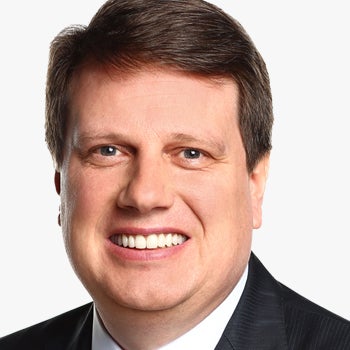EMLD World Tour May 2021: Bearish on Peru and highest growth in a decade

Invesco’s Global Debt Team publish monthly emerging marketing local debt (EMLD) outlooks and a spotlight on a new country each month, and below is their update for March. The team are based in New York and are part of the Invesco Fixed Income investment centre, known as IFI. To learn more about Invesco’s Global Debt Team, click on the link for your local website below.
Country spotlight: Peru
From the start of the year, Peru has been one of the few countries we have viewed negatively from both an interest rates and currency perspective.
Our early bearish view was based on politics and the difficult electoral dynamics in a discordant social and institutional environment, made even worse by the pandemic.
The pandemic has had a lasting negative impact on Peru’s population and its economy. While Brazil received most of the negative headlines about the pandemic, Peru has one of the lowest ratios of ICU beds per capita in Latin America.
The lack of vaccines and preparedness by the current administration led to a severe third wave of the virus. In our view, the impact of the recent third wave could delay Peru’s economic recovery until the second half of 2021.
One of the government’s major responses was to allow for early pension withdrawals. At the beginning of April, the congress approved the third round of withdrawals but it was vetoed by the president and may take months to settle, putting further pressure on the country’s yield curve and exchange rate.
In addition to the renewed health crisis, Peru held the first round of its presidential elections on April 11. Pedro Castillo of the leftist Free Peru party finished first in the voting, in what seemed to be the voters’ response to the poor handling of the pandemic by the government.
Castillo will now face a second-round runoff against the more moderate, but highly controversial, Keiko Fujimori of the Popular Force party. In our view, Castillo’s stated policies are quite radical, and could impact the long-term recovery and investment thesis in Peru.
We maintain a cautious view on Peru’s interest rates and currency heading into the June 6 second-round runoff. Castillo holds a lead with a large number of undecided votes, and so heightened political instability is a risk factor.3
What’s next in emerging market debt?
A global recovery is well under way with 2021 growth estimates being raised across global regions. Our own estimates for the US, eurozone and selected emerging market countries are near the upper end of our economists’ forecast ranges.
Highest growth in over a decade and tempered inflation?
This indicates our growing confidence that this year’s global growth could be the highest in over a decade. While the initial upswing is likely to be led by China, followed by the US and emerging markets, especially Asia, Europe could rebound in the second half of the year, extending the recovery to a truly global reflationary boom.
These improved global growth forecasts would, however, still leave the global economy below its trend output until 2022. Inflation, therefore, should be tempered and not of significant concern. While recent inflation has been dominated by goods prices, the coming boom is likely to be services-led, where the output gap is still too large to result in any near-term inflationary concerns.
Source: Bloomberg L.P. Data from March 30, 2020, to March 22, 2021. EM is emerging market. DM is developed market
We continue to expect emerging market central banks, which were providing extraordinary stimulus, to become less accommodative. This change should be limited and unlikely to exceed market expectations already priced in. We believe the path of interest rate increases will be key to extracting excess returns from markets.
In emerging markets, mainly due to recency bias, there is a persistent apprehension that global growth will lead to policy responses that will result in negative asset performance. We believe this relatively pervasive apprehension has kept emerging market term premia elevated and will allow them to be extracted within our investment horizon of nine to 18 months.
It’s not 2013
The emerging markets of today are not the emerging markets of 2013. Their external accounts have meaningfully improved, currencies remain at compelling valuations, in our view, and capital flows, though negative in 2020, have turned moderately positive.
The theme underlying our investment strategy in the short and medium term will remain reflation and growth. Additionally, in the absence of tightening financial conditions, all growth will likely be “good” growth for reflationary assets.
EMLD spotlight
Investment risks
-
The value of investments and any income will fluctuate (this may partly be the result of exchange rate fluctuations) and investors may not get back the full amount invested.
When investing in less developed countries, you should be prepared to accept significantly large fluctuations in value.
Debt instruments are exposed to credit risk which is the ability of the borrower to repay the interest and capital on the redemption date.
Investments in debt instruments which are of lower credit quality may result in large fluctuations in value.
Changes in interest rates will result in fluctuations in value.
Important information
-
Data as of 30 April 2021 unless stated otherwise.
This document is marketing material and is not intended as a recommendation to invest in any particular asset class, security or strategy. Regulatory requirements that require impartiality of investment/investment strategy recommendations are therefore not applicable nor are any prohibitions to trade before publication. The information provided is for illustrative purposes only, it should not be relied upon as recommendations to buy or sell securities.
Where individuals or the business have expressed opinions, they are based on current market conditions, they may differ from those of other investment professionals, they are subject to change without notice and are not to be construed as investment advice.


